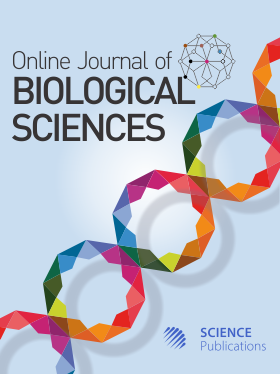Diversity and Resistance of Bacteria Isolated from a Neonatal Intensive Care Unit (NICU) Surfaces and the Hands of Nurses in Jeddah-Saudi Arabia
- 1 Department of Biological Sciences, King Abdulaziz University, Saudi Arabia
- 2 Department of Biological Sciences, King Abdulaziz University, King Fahad Medical Research Center, King Abdulaziz University, Saudi Arabia
- 3 Department of Biological Sciences, Jeddah University, Saudi Arabia
- 4 Department of Microbial Genetics, National Research Center, Egypt, Princess Dr. Najla Bint Saud Al-Saud Center for Excellence Research, King Abdulaziz University, Saudi Arabia
- 5 Department of Biological Sciences, King Abdulaziz University Saudi Arabia, Department Nucleic Acids Research, City for Scientific Research and Technological Applications, Egypt
Abstract
Healthcare-Associated Infections (HAIs) are a serious problem for neonates when admitted to NICUs. The healthcare environment and healthcare workers' hands may be a source of transmission. Therefore, there is a need to find microbial sources and identify the contaminants to improve disinfection protocols to reduce HAIs. Out of the 169 samples collected on nutrient agar media from NICUs of a hospital in Saudi Arabia, 122 bacterial strains were isolated and some were identified as infection-causing bacteria. The samples collected from various surfaces, equipment, and nurses’ hands were divided into two groups. One of which was collected from close proximities of patients to the source of infection and the second was collected from a distance. The tested inanimate environments included incubators, oxygen monitors, heart monitors, temperature monitors, intravenous, stethoscopes, tables, IV trolleys, weighing scales, windows, and sinks. The results showed that all tested equipment and surrounding surfaces were contaminated with various species of bacteria except the sinks. Out of 122 bacterial samples, 78 isolates were identified as cocci and 44 as bacilli. Also, 105 isolates were Gram-positive and 17 were Gram-negative. Using 16S rRNA gene sequencing techniques, 11 genera of bacteria namely, Enterococcus, Staphylococcus, Bacillus, Pseudomonas, Micrococcus, Escherichia, Enterobacter, Klebsiella, Citrobacter, lelliottia, and Acinetobacter were isolated and identified. The most isolated andwidely spread bacteria was S. epidermidis, which was followed by B. cereus. Some of these strains were found resistant to several antibiotics when susceptibility tests were performed by using Vitek 2 with cards (AST-GP67, AST-N292, AST-N291). The present study showed some bacterial species pose threats to the health of hospitalized babies; hence it is important to improve disinfection protocols in neonatal ICU to ensure the safety of baby patients.
DOI: https://doi.org/10.3844/ojbsci.2022.299.308

- 4,362 Views
- 2,171 Downloads
- 0 Citations
Download
Keywords
- Neonatal Intensive Care Units
- Equipment
- Hospital-Acquired Infections
- Nosocomial Infections
- Bacterial Contamination
